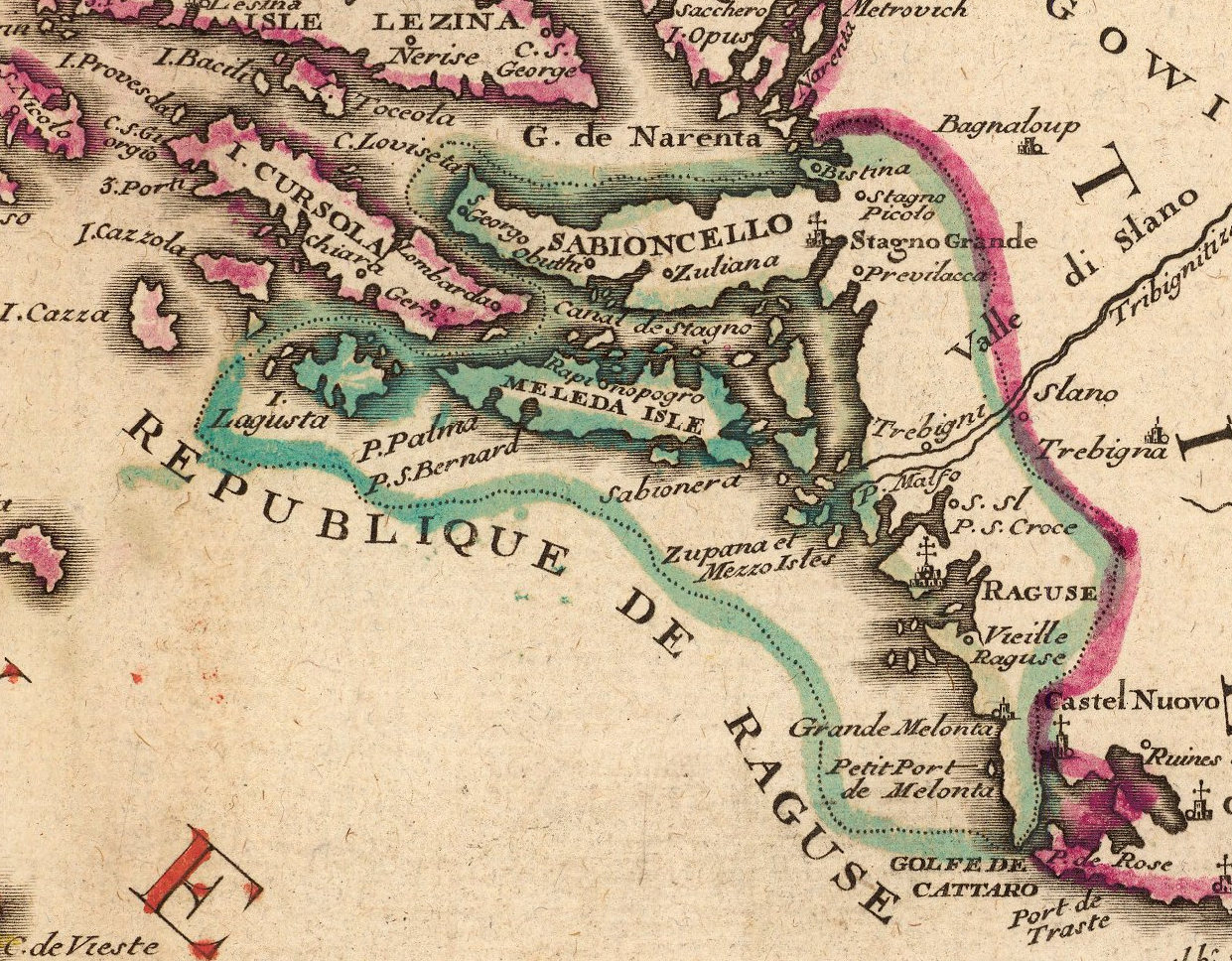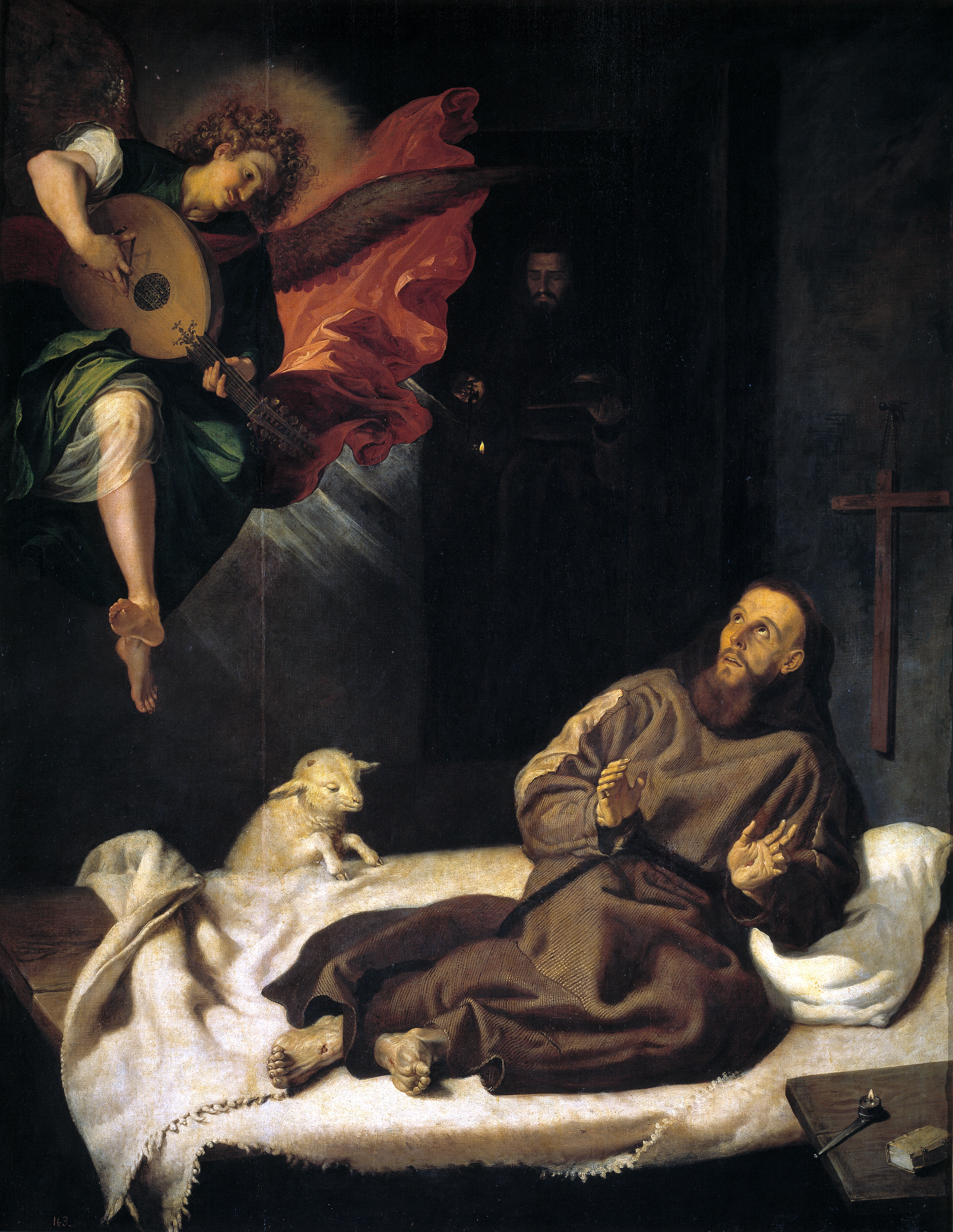|
Dominik Andrijašević
Dominik Andrijašević (, ; 1572–1639), was a Ragusan Franciscan friar who served as the Catholic Bishop of Skadar (Scutari) (1622–24) and later Mostar (1637). Life Born in 1572 in Orahov Do in Herzegovina, Andrijašević was a resident in Ragusa (Dubrovnik). He was sent with Damjan Ljubibratić several times to the Popes with petitions of aid in Balkan uprisings. In 1608, Andrijašević arrived in Ragusa (Dubrovnik) from Spain with letters for Grdan. In 1624, the Ottomans expelled him from Scutari. Legacy Andrijašević was a member of the Andrijašević-Mrše family of the Slano Slano is a village in southern Croatia with a small harbour in the bay of the same name. It is located 27 km northwest of Dubrovnik. History The area of Slano was already populated in the prehistoric period (ruins of a hill-fort and tumuli ... region. References {{DEFAULTSORT:Andrijasevic, Dominik 1572 births 1639 deaths Ragusan clergy Franciscan bishops 20th-century Roman Cath ... [...More Info...] [...Related Items...] OR: [Wikipedia] [Google] [Baidu] |
Republic Of Ragusa
The Republic of Ragusa, or the Republic of Dubrovnik, was an maritime republics, aristocratic maritime republic centered on the city of Dubrovnik (''Ragusa'' in Italian and Latin; ''Raguxa'' in Venetian) in South Dalmatia (today in southernmost Croatia) that carried that name from 1358 until 1808. It reached its commercial peak in the 15th and the 16th centuries, before being conquered by Napoleon's First French Empire, French Empire and formally annexed by the Kingdom of Italy (Napoleonic), Napoleonic Kingdom of Italy in 1808. It had a population of about 30,000 people, of whom 5,000 lived within the city walls. Its motto was "'", a Latin phrase which can be translated as "Liberty is not well sold for all the gold". Names Originally named ' (Latin for "Ragusan municipality" or "community"), in the 14th century it was renamed ' (Latin for ''Ragusan Republic''), first mentioned in 1385. It was nevertheless a Republic under its previous name, although its Rector was appointed b ... [...More Info...] [...Related Items...] OR: [Wikipedia] [Google] [Baidu] |
1572 Births
Year 1572 ( MDLXXII) was a leap year starting on Tuesday of the Julian calendar. Events January–March * January 16 – Thomas Howard, 4th Duke of Norfolk, is tried for treason, for his part in the Ridolfi plot to restore Catholicism in England. He is executed on June 2. * February 13 – Elizabeth I of England issues a proclamation which revokes all commissions, on account of the frauds which they had fostered. * February 19 – Harrow School is founded, with a royal charter from Queen Elizabeth I of England. * February 28 – In what is now the Rajasthan state in India, Maharana Pratap is crowned as the new Rana of Mewar at the Kingdom's capital at Udaipur after the death of his father, Udai Singh II. * March 2 – Mem de Sá, the Portuguese Governor-General of Brazil, dies after 14 years in office. He is succeeded by Lourenço da Veiga. * March 11 – Pope Pius V issues the papal bull ''Supremi omnipotentis Dei'', granting an indulge ... [...More Info...] [...Related Items...] OR: [Wikipedia] [Google] [Baidu] |
Ravno, Bosnia And Herzegovina
Ravno ( sr-cyrl, Равно) is a village and municipality located in Herzegovina-Neretva Canton of the Federation of Bosnia and Herzegovina, an entity of Bosnia and Herzegovina. Ravno was a separate municipality until 1963, when it became a part of the Trebinje municipality. In 1994, the border changed and Ravno became a separate municipality again. This time however, part of the frontier lands of Trebinje municipality were added as part of Ravno. When Ravno inherited part of the former Trebinje municipality it had an area of . These added borderlands went under the title Travunian Marches (Trebinjska Krajina) and were mostly inhabited by Serbs. The settlement of Ivanica has an unobstructed view of the Adriatic Sea. Demographics Population Ethnic composition Settlements Baljivac, Belenići, Bobovišta, Cicrina, Čavaš, Čopice, Čvaljina, Dvrsnica, Glavska, Golubinac, Gorogaše, Grebci, Ivanica, Kalađurđevići, Kijev Do, Kutina, Nenovići, Ne ... [...More Info...] [...Related Items...] OR: [Wikipedia] [Google] [Baidu] |
17th-century Diplomats
The 17th century lasted from January 1, 1601 (represented by the Roman numerals MDCI), to December 31, 1700 (MDCC). It falls into the early modern period of Europe and in that continent (whose impact on the world was increasing) was characterized by the Baroque cultural movement, the latter part of the Spanish Golden Age, the Dutch Golden Age, the French ''Grand Siècle'' dominated by Louis XIV, the Scientific Revolution, the world's first public company and megacorporation known as the Dutch East India Company, and according to some historians, the General Crisis. From the mid-17th century, European politics were increasingly dominated by the Kingdom of France of Louis XIV, where royal power was solidified domestically in the civil war of the Fronde. The semi-feudal territorial French nobility was weakened and subjugated to the power of an absolute monarchy through the reinvention of the Palace of Versailles from a hunting lodge to a gilded prison, in which a greatly expanded r ... [...More Info...] [...Related Items...] OR: [Wikipedia] [Google] [Baidu] |
Franciscan Bishops
The Franciscans are a group of related organizations in the Catholic Church, founded or inspired by the Italian saint Francis of Assisi. They include three independent Religious institute, religious orders for men (the Order of Friars Minor being the largest contemporary male order), an order for nuns known as the Order of Saint Clare, and the Third Order of Saint Francis, a Third Order of Saint Francis#Third Order Regular, religious and Secular Franciscan Order, secular group open to male and female members. Franciscans adhere to the teachings and spiritual disciplines of the founder and of his main associates and followers, such as Clare of Assisi, Anthony of Padua, and Elizabeth of Hungary. Several smaller Franciscan spirituality in Protestantism, Protestant Franciscan orders have been established since the late 19th century as well, particularly in the Lutheranism, Lutheran and Anglicanism, Anglican traditions. Certain Franciscan communities are ecumenism, ecumenical in nat ... [...More Info...] [...Related Items...] OR: [Wikipedia] [Google] [Baidu] |
Ragusan Clergy
Ragusan may refer to: * citizen of the Republic of Ragusa ** List of Ragusans Here follows a list of notable Ragusans and Rector (politics), Rectors of the Ragusan Republic, Republic of Ragusa (also known as the Republic of Dubrovnik), a Maritime republics, maritime republic centered on the city of Dubrovnik on the eastern ... * person from any other place called Ragusa {{disambig ... [...More Info...] [...Related Items...] OR: [Wikipedia] [Google] [Baidu] |
1639 Deaths
Events January–March * January 19 – Hämeenlinna () is granted privileges, after it separates from the Vanaja parish, as its own city in Tavastia. *c. January – The first printing press in British North America is started in Cambridge, Massachusetts, by Stephen Daye. * February 18 – In the course of the Eighty Years' War, a sea battle is fought in the English Channel off of the coast of Dunkirk between the navies of the United Provinces of the Netherlands, with 12 warships, and Spain, with 12 galleons and eight other ships. The Spanish are forced to flee after three of their ships are lost and 1,600 Spaniards killed or injured, while the Dutch sustain 1,700 casualties without the loss of a ship. * March 3 – The early settlement of Taunton, Massachusetts, is incorporated as a town. * March 13 – Harvard University is named for clergyman John Harvard. April–June * April 14 – In the Battle of Chemnitz, Swedish forces un ... [...More Info...] [...Related Items...] OR: [Wikipedia] [Google] [Baidu] |
Slano
Slano is a village in southern Croatia with a small harbour in the bay of the same name. It is located 27 km northwest of Dubrovnik. History The area of Slano was already populated in the prehistoric period (ruins of a hill-fort and tumuli on the nearby hills) and in ancient times (a Roman castrum on the hill Gradina; early Christian sarcophagi, today exhibited in front of the Franciscan church). In 1399, Slano fell under the rule of the Republic of Ragusa; once the duke's seat (duke's palace, reconstructed at the end of the 19th century). The summer villa of the Ohmučević family is situated in the vicinity. The present Franciscan church was built in the 16th century; the main altar is adorned with a polyptych by Lovro Dobričević. The parish church of Saint Blaise from 1407 was reconstructed in the Baroque period. The churches of the Annunciation and of St. Peter, both dating back to the 13th century, are located in Banja. Demographics According to the 2021 census, ... [...More Info...] [...Related Items...] OR: [Wikipedia] [Google] [Baidu] |
Franciscans
The Franciscans are a group of related organizations in the Catholic Church, founded or inspired by the Italian saint Francis of Assisi. They include three independent religious orders for men (the Order of Friars Minor being the largest contemporary male order), an order for nuns known as the Order of Saint Clare, and the Third Order of Saint Francis, a religious and secular group open to male and female members. Franciscans adhere to the teachings and spiritual disciplines of the founder and of his main associates and followers, such as Clare of Assisi, Anthony of Padua, and Elizabeth of Hungary. Several smaller Protestant Franciscan orders have been established since the late 19th century as well, particularly in the Lutheran and Anglican traditions. Certain Franciscan communities are ecumenical in nature, having members who belong to several Christian denominations. Francis began preaching around 1207 and traveled to Rome to seek approval from Pope Innocent I ... [...More Info...] [...Related Items...] OR: [Wikipedia] [Google] [Baidu] |
Grdan
Grdan ( sr-cyr, Грдан; 1596–d. 1612) was the '' vojvoda'' (duke) of the Nikšić '' nahija'', part of the Sanjak of Herzegovina (Ottoman Empire), who led several uprisings against the Ottomans in between 1596 and 1612, alongside Serbian Patriarch Jovan Kantul (s. 1592–1614). Life Origin Grdan was part of the Nikšić tribe. The tribe had originated from Nikša, who was the son of ''ban'' Ilijon of Grbalj and maternally a Nemanjić. Nikša had moved to what is now Nikšić Municipality directly after the death of Serbian Emperor Stefan Dušan (1355), his relative. From Nikša sprung a powerful tribe, which gave its name to the old ''župa'' (county) of Onogošt. Nikšić was conquered by the Ottomans and was organized into the Ottoman Sanjak of Herzegovina in the late 15th century. Grdan was the ''vojvoda'' (duke) of the Nikšić '' nahija''. The "vojvoda"-title had been established after conflicts within the tribe as a compromise.Srpska akademija nauka i umetnosti 197 ... [...More Info...] [...Related Items...] OR: [Wikipedia] [Google] [Baidu] |
Damjan Ljubibratić
Damjan Ljubibratić ( sr-cyr, Дамјан Љубибратић), known as Damjan the Serb (Дамјан Србин) was a Serbian Orthodox monk and diplomat, the secretary of Patriarch Jovan Kantul (s. 1592–1614). Life Origin Ljubibratić hailed from the Trebinje region, and was a descendant of the Ljubibratić noble family. He was a monk of the Patriarchal Monastery of Peć, and became the secretary of Patriarch Jovan Kantul. He was the top diplomatic agent of the Herzegovina and Peć chieftains, who had put themselves at the leadership of the movement, which would organize the uprisal in Ottoman areas. Serb Uprising of 1596–97 The Orthodox Christians in the Balkans sought the right moment to revolt against the Ottomans. Serbian, Greek, Bulgarian and Albanian monks visited European courts for help. The Banat Uprising (1594) had been aided by Serbian Orthodox metropolitans Rufim Njeguš of Cetinje and Visarion of Trebinje (s. 1590–1602). In 1596 revolts spread into ... [...More Info...] [...Related Items...] OR: [Wikipedia] [Google] [Baidu] |






